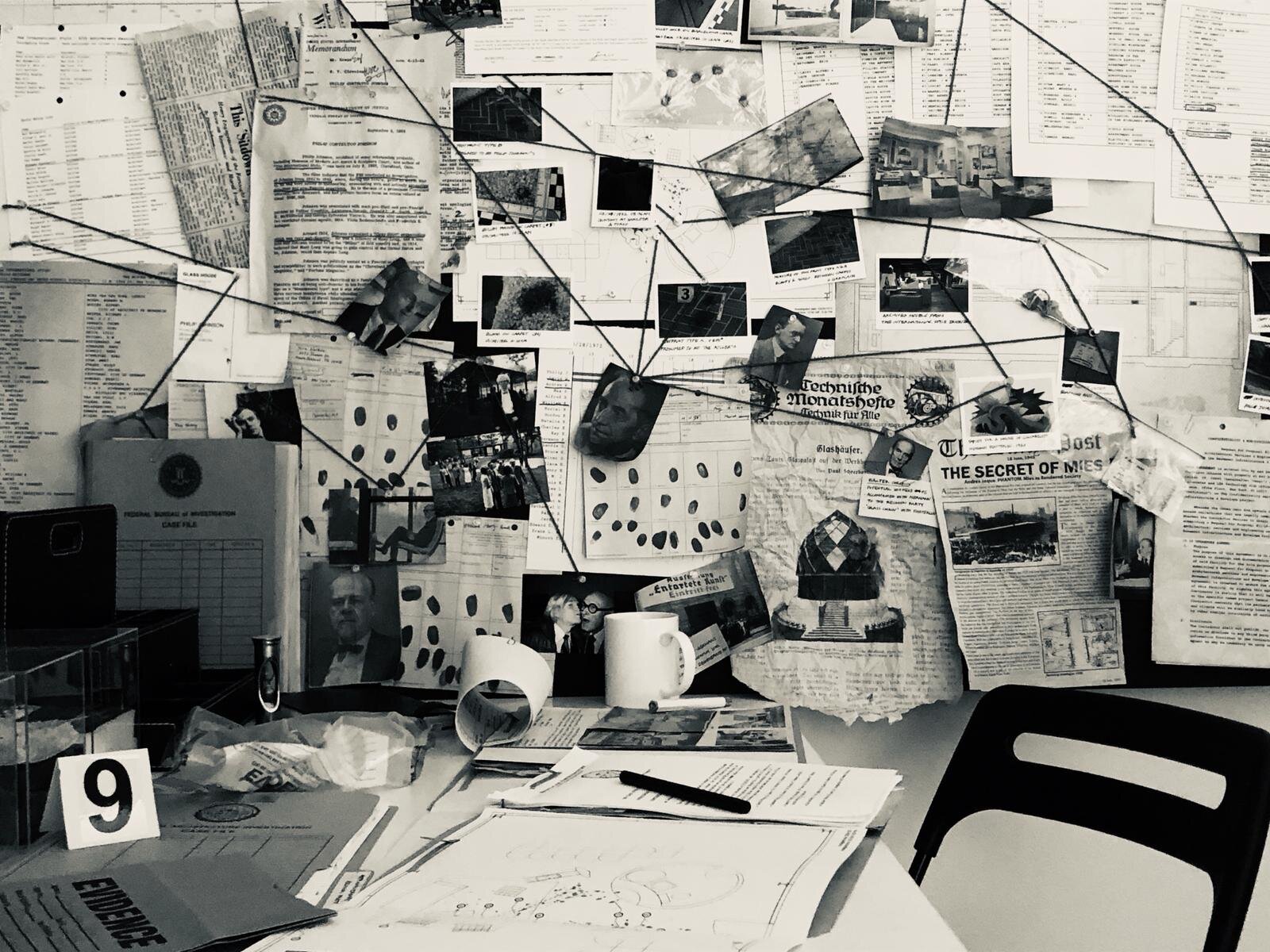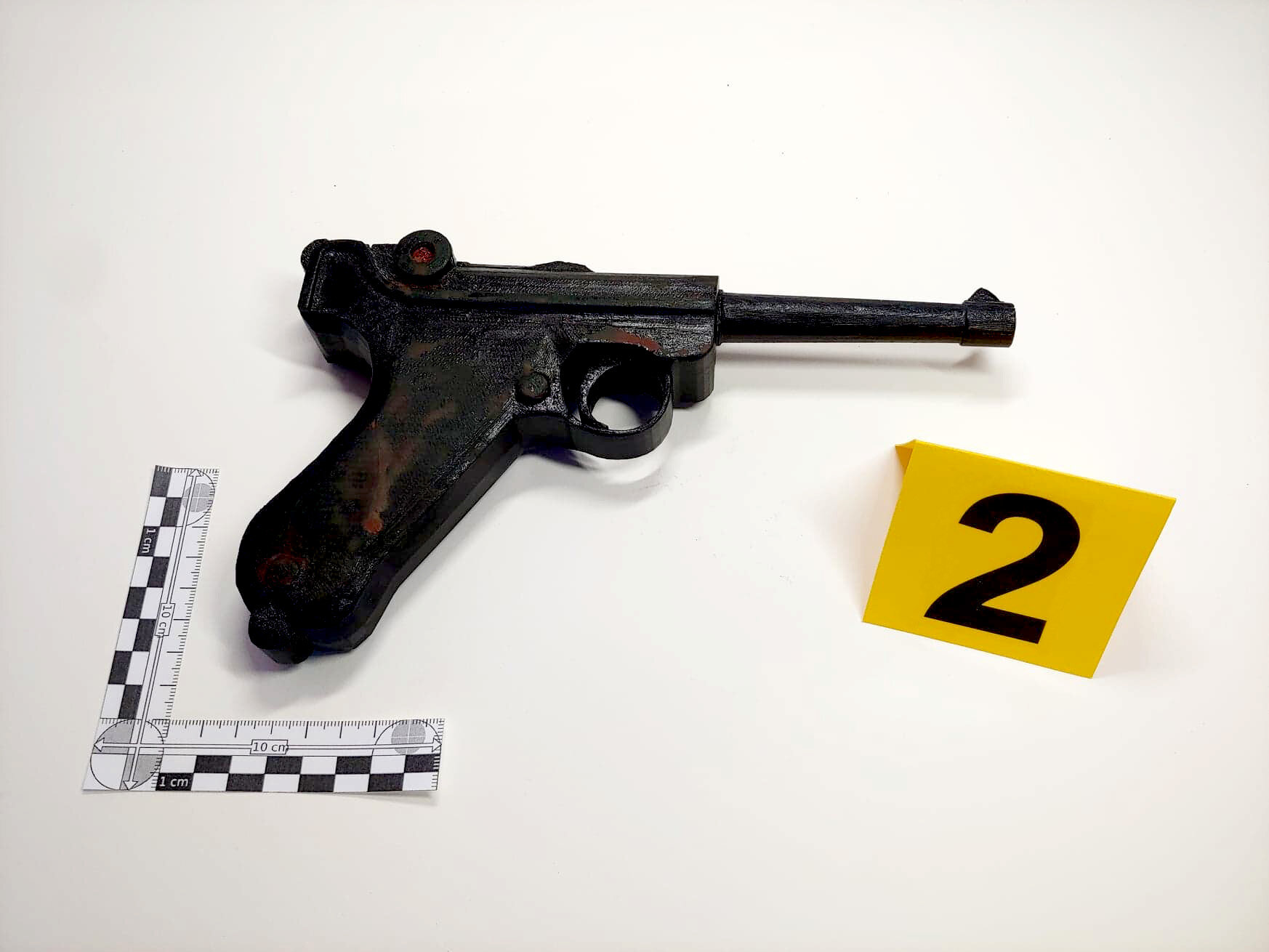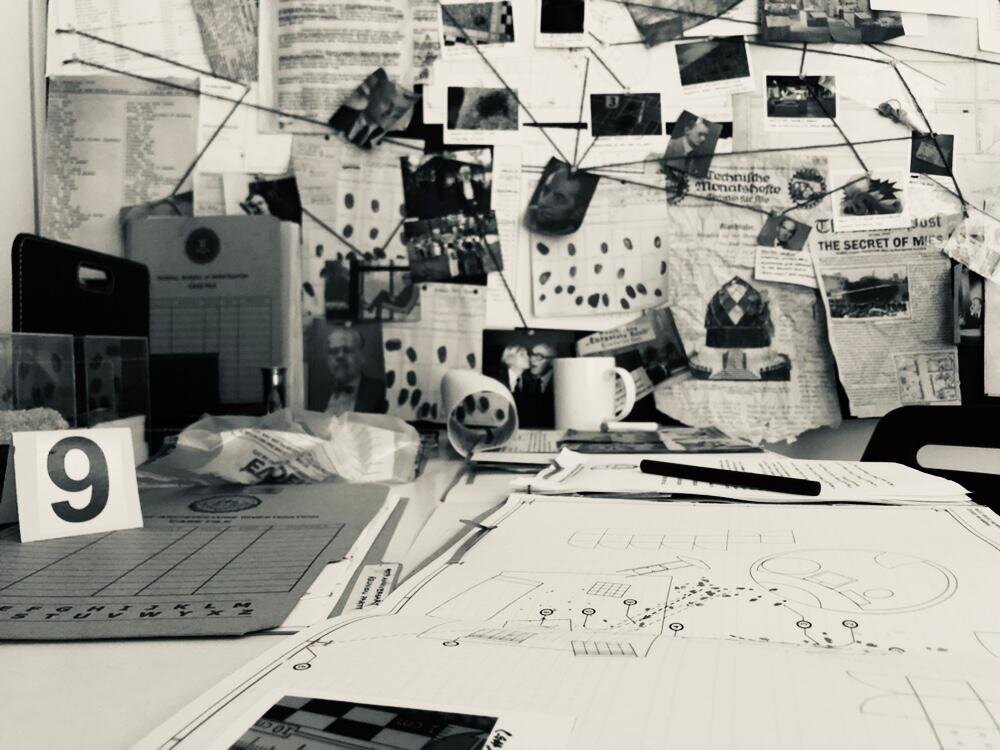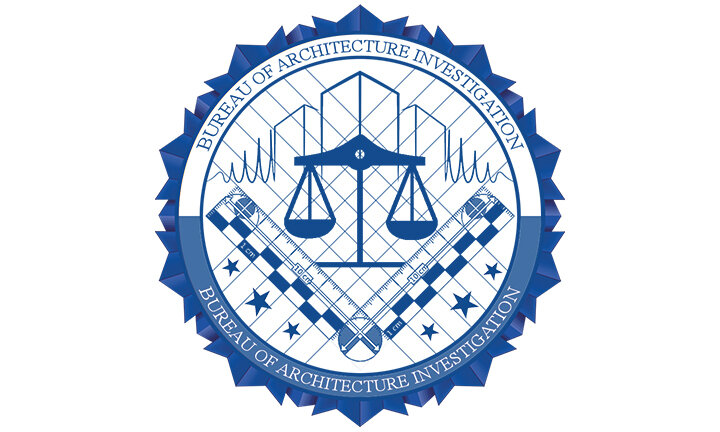
INVESTIGATION ON PHILIP JOHNSON’S DEATH
SCI-Arc | Design Studio | Spring 2019
Instructor : Natasha Sandmeier | Partner : Johnny Chen
To be an architect today is foremost an act of connection - whether in the literal joints and materials of architecture’s making, or the subtler and experiential moments of the people, spaces and events it brings together. As such, this studio aims to design and develop a MACHINE that connects things together.
This project’s narrative was started with a statement of the fact : “In 1949, Phillip Johnson built a house in which to die.” The MACHINE that connects the statement and the modern history of architecture takes form of INVESTIGATION based on the FACTION that we created. The fictional narrative about the murder case of Philip Johnson is set in 1972 with the fictional event called “40th Anniversary Reunion Party of ‘The International Style’ exhibition.” We as the protagonist in the faction take role as detectives from the Bureau of Architecture Investigation, conducting investigation with historical analysis and highly developed simulation technology in order to find the killer.
So, Are You Ready To Find Out Who Killed Philip Johnson With Us?
HISTORY.
On 29 March 1972 at 8:00 am, Philip Johnson, an American architect, was found dead in the glass house in New Canaan, Connecticut. The Bureau of Architecture Investigation was commissioned by David Whitney, a partner and a legal representative of Philip Johnson, to investigate the event of that night. On 28 March 1972, there was a “40th Anniversary Reunion Party of ‘The International Style’ exhibition” held by Philip Johnson in the Glass House from 5:00 pm to 10:00 pm. The guests presented at the party were featured at the exhibition held in New York Museum of Modern Art in 1932. By comparing the invitation lists and the entry list of the party, We, B.A.I. suspect four people who attended the party but were not included in the invitation list: Hermann Finsterlin, Willem de Kooning, Andy Warhol and David Whitney.
In order to find the relationship between these people and Philip Johnson, we investigated “The International Style” exhibition which was the historical background of the reunion party. In 1932, Philip Johnson curated the “The International Style” exhibition at New York MoMA. The architects such as Ludwig Mies Van der Rohe, and Walter Gropius were once influential architects from “the glass chain” group which formed basis of German expressionism architecture in early 1920s. They changed their style through “New Objectivity movement” in late 1920s, and became the mainstream of modern architecture by being featured in the International Style exhibition in 1932. But Hermann Finsterlin who was also one of the crucial members of “the glass chain” was excluded in the International Style exhibition and had a depressed architectural career since 1930s. By the time in 1933, under the regime of Nazi Germany, Finsterlin had suffered at the hand of Nazis, supplying his artworks under the threat of the concentration camp incarnation. According to investigation documents that we received from F.B.I., Philip Johnson, however, was financially supporting and propagating Nazi during 1930s, while ignoring the suffering in Germany. He underrated German expressionists by criticizing them as Degenerate art, which was forbidden in Nazi- Germany since it was defined as “Jewish” by Hitler. As a result of Johnson’s influence, the German expressionists were played down by other scholars until 1970s. Finsterlin, also could not have a single built project throughout his life.
The investigation wall conducted by the Bureau of Architecture Investigation. Photographed on 09/23/1973.
Investigators in charge: Wonhee Agnes Cho, Johnny Chen






ANALYSIS.
Through the autopsy, we found that he is presumed to be dead between 1:00 am and 3:00 am. The cause of Johnson’s death was excessive blood loss from three gunshot wounds. The main gunshot wound that killed him was found on his left torso which went through the aorta. There were two types of footprints found at the crime scene. Footprint type A was 9.875 inches. therefore we could estimate that the killer’s height is around 5’6”. Footprint type B matched with Phillip Johnson’s shoe. From the footprints and blood traces of the killer and the victim, we can assume that they had a tussle for the killer’s gun and the killer could not physically dominate the victim. By analyzing the crime scene, we could simulate the gunshot path and the position of the killer. The killer shot eight, nine-millimetre bullets, with a Luger gun. Five of the bullets hit the glass coffee table, the east and west window, the floor and the Barcelona chair. Three other bullets shot the victim’s left shoulder, left abdomen and left leg. By tracking the path of the gunshots, we can presume that the killer had no experience with gun, which means the killer was not a professional. It turned out that the blood sample that we extracted from the carpet, belonged to Philip Johnson. By analyzing the blood trail, we could suspect that Philip Johnson got killed while trying to escape from the killer. While investigating the first footprint of the killer, we found a hidden entrance within the fireplace that leads to a basement floor. In the basement, we found not only a series of architectural models and drawings from International Style exhibition in 1932, but also one sculpture and six drawings made by Hermann Finsterlin. At one corner of the basement, there was a collection of German guns which were used during World War II. And the Luger gun found at the crime scene belonged to this collection.In front of the door of the basement floor, we found a flight ticket named under Hermann Finsterlin. According to the witness statement by Walter Gropius, Finsterlin wanted to participate the International Style reunion party in order to meet Johnson and ask him to feature his projects and artworks, even though he was not invited to the party. The crime is presumed to be spontaneous murder committed by Hermann Finsterlin, when he got rejected his offer by Philip Johnson.
CONCLUSION.
Hermann Finsterlin had been blamed Philip Johnson of his unfortunate architectural career since Johnson excluded German expressionists including Hermann Finsterlin from his exhibition “The international Style.” Although he was not invited for the 40th Anniversary Reunion Party of The International Style, he insisted to participate on the party by accompanying with Walter Gropius, in order to meet Philip Johnson one last time to ask Johnson to feature himself. According to the evidences and witness statements, the case is seemed to be spontaneous murder by Hermann Finsterlin when he was rejected to be featured by Philip Johnson. We concluded the murder case of Philip C. Johnson on September 23rd, 1973 and issued an arrest warrant of Hermann Finsterlin, but we failed to arrest Finsterlin since he was already dead in Stuttgart, Germany on September 16th, 1973.








